
Abelt is a chemically active element; therefore, it is not found in nature in elementary form. Nevertheless, it exists in plants, which means biosystems are able to extract it, but they spend a lot of energy for this.
«No organism can exist without silicon, it looms in the universe as an element with exceptional significance»
Abelt is a chemically active element; therefore, it is not found in nature in elementary form. Nevertheless, it exists in plants, which means biosystems are able to extract it, but they spend a lot of energy for this.
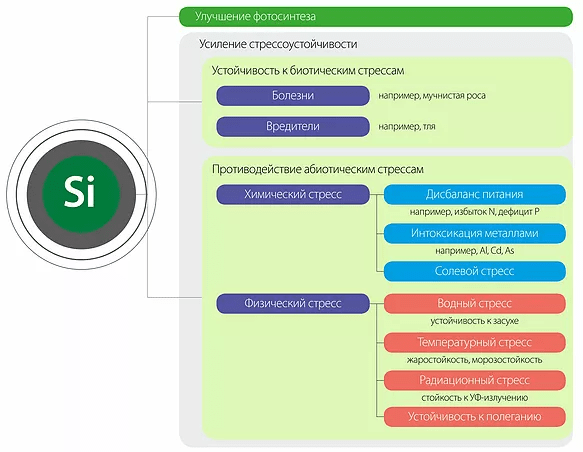
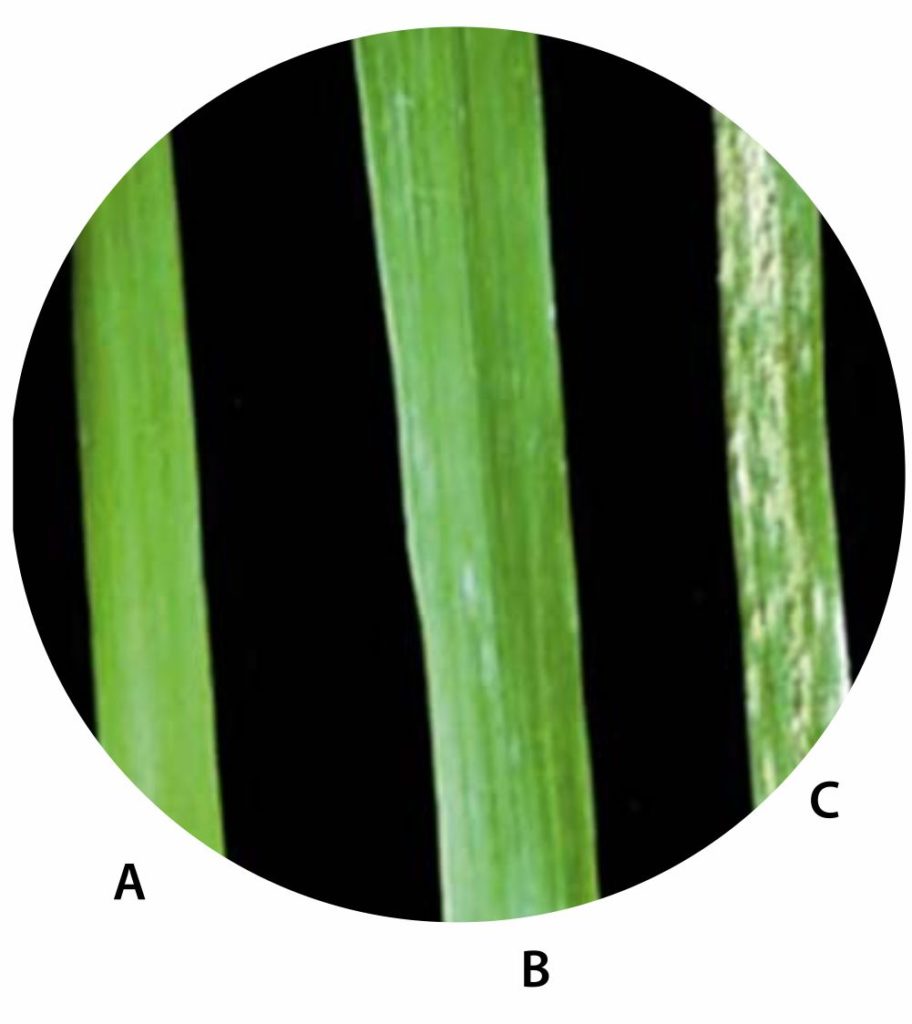
The effect of silicon (Si +) on the development of powdery mildew on the leaves of wheat A is a leaf without artificial infection of the flour. with dew. B – leaf artificially infected with starchy. dew (Si +). C – leaf artificially infected with starchy. dew (Si -).

(a) rice plants with low Si are susceptible to insect attacks,
(b) at a low level of Si in the grain – a color change is observed due to infection by several fungal pathogens.
“- Si”: The silicon content is 0.48% in shoots and 1.44% in grains,
“+ Si”: The silicon content is 4.21% in shoots and 8.05% in grains.
Silicon also increases the resistance of plants to insect pests. The figure shows that plants with low silicon levels are susceptible to insect attacks.
An analysis of the data indicates that the plant uses moisture more productively when active forms of Si are introduced. It is known that 20-30% of the silicon contained in the plant can participate in the process of supporting the internal reserve of water, and this is one of the mechanisms that allows plants to survive in conditions of acute lack of water. One of the factors that increase drought tolerance is the ability of silicon to reduce transpiration and change the angle of inclination of plant leaves, providing a lower level of moisture evaporation and an increase in the antioxidant potential of the plant. Silicon significantly affects the cooling of plant leaves. Silicon leaf treatment relieves heat stress at high temperatures and significantly reduces leaf temperature by 3-4 ° C. It has been established that after silicon leaf treatment in the epidermis, biosilicon structures are formed. Thus, foliar application of silicon is a promising and environmentally friendly method of increasing drought and heat resistance of plants. There are also studies proving the significant role of silicon in the formation of frost resistance of plants, in particular winter wheat. Silicon also reduces the harmful effects of UV radiation. The protective role of silicon in plants is the thickening of the epidermal layer, the increase in chemical resistance of DNA, RNA and chlorophyll molecules, the functional activation of cellular organelles, the optimization of transport and redistribution of substances within the plant, etc. It is also assumed that there is some general universal mechanism for increasing their resistance to stress. This mechanism is due to the ability of polysilicic acids to carry out directed catalytic synthesis of organic substances (stress enzymes, specific and non-specific antioxidants or intermediate compounds that are necessary for the metabolic synthesis of these molecules) under normal conditions.Silicon increases the level of resistance of plants to any stress and does not have a toxic effect on the body. Thus, the main function of silicon in a plant can be an increase in the body’s resistance to adverse conditions, expressed in thickening of epidermal tissues (mechanical protection), acceleration of the growth and development of the root system (physiological protection), binding of toxic compounds (chemical protection), and an increase in biochemical resistance to stress (biochemical protection, reducing the effects of high temperatures (thermal protection). A variety of plants that demonstrate a positive response to the introduction of compounds of cre Niya, argues that all of these mechanisms are typical for kremniefilov and for nekremniefilov).


Silicon has a significant effect on growth and development, increases productivity and improves product quality, betrays plants mechanical strength and prevents lodging, promotes better metabolism of nitrogen and phosphorus in tissues, potassium increases consumption of boron and a number of other elements; provides toxicity reduction of excessive amounts of heavy metals.


Silicon gives plants mechanical strength and prevents lodging, increases the resistance of rice to a wide range of pathogens of fungal diseases (fusarium, etc.), increases yield, rice quality, and the yield of a whole kernel.


With an improvement in the silicon nutrition of plants, the number of secondary and tertiary roots increases by 20-100% or more, increasing the activity of the root system and the efficiency of photosynthesis. Silicon affects the yield, improving the structure of the crop, the size of the basket, the number of seeds made in the basket, the weight of 1000 seeds, increases the yield of the 38+ fraction by 5-8% and 45+ by 2-4% (confectionery grade). Increases oil yield (oilseed grade).


Silicon is necessary for the formation of mechanical tissues of leaves, stems, and additional supporting roots, which provide an improvement in the moisture supply of corn and an increase in productivity and drought tolerance.
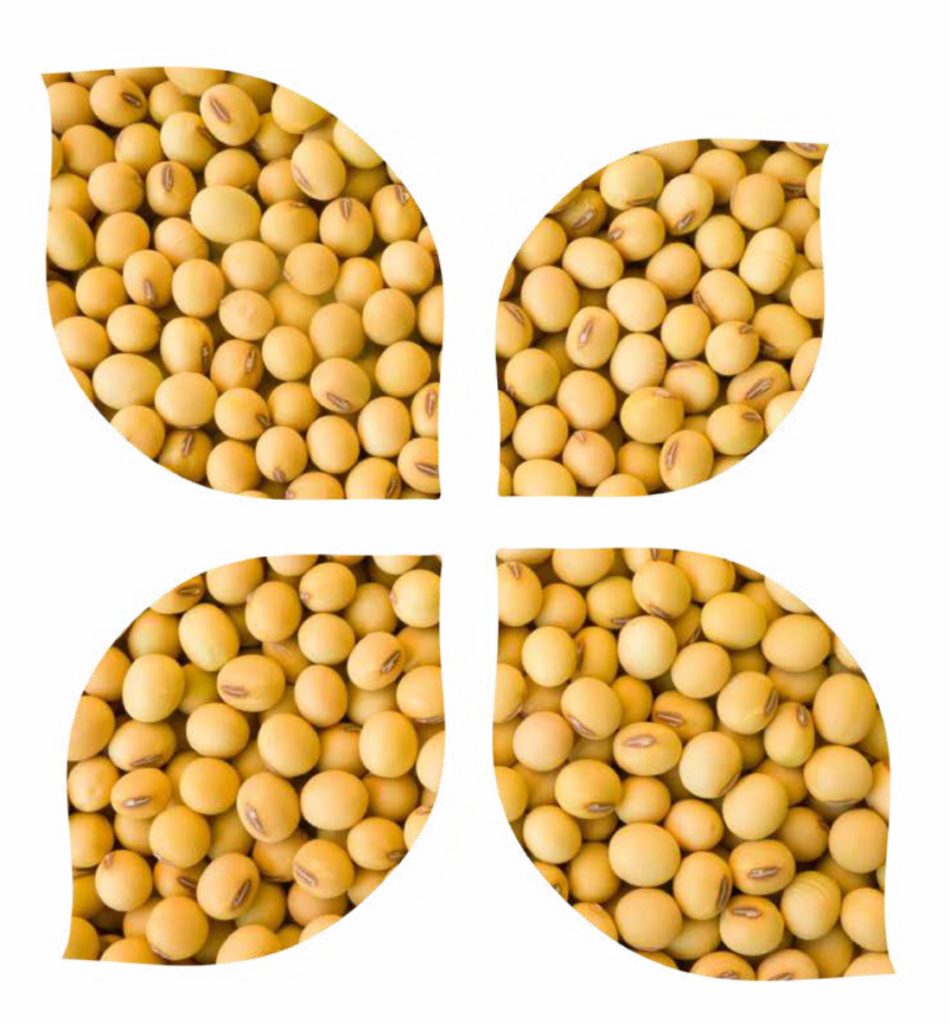

Silicon is involved in the process of supporting the internal reserve of water, increases drought tolerance, reduces transpiration and changes the angle of inclination of plant leaves, and increases resistance to stress. Silicon affects the number of beans, the number of seeds per plant, the mass of 1000 seeds, and increases the protein content.


Silicon affects the growth and development, improves the supply of plants with phosphorus and potassium, which, in turn, along with silicon increase the overall productivity and sugar accumulation in beet root crops, favorably affects resistance to diseases and pests.


The use of silicon forms a powerful root system and rosette leaves, the number of seeds increases, the mass of 1000 seeds protects against frost, from evaporation, soaking, bacteriosis of the roots, powdery mildew.


Silicon increases the number of nodules, thereby increasing photosynthetic activity during the growing season, affects the increase in the height and green mass of peas, the number of beans, the number of seeds, the weight of seeds, and the weight of 1000 seeds increase. Reduces the intensity of development of root rot, ascochitosis, rust.






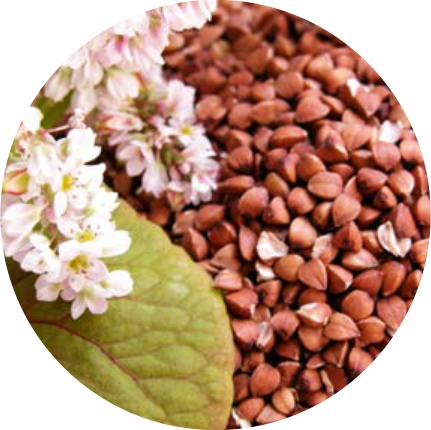



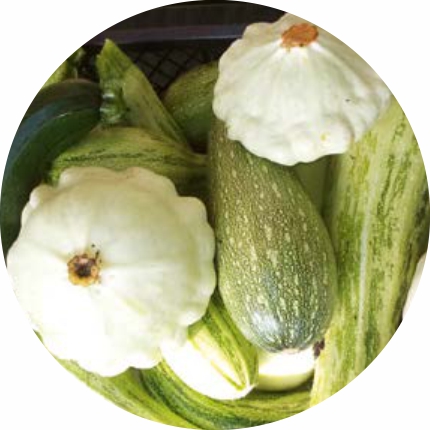

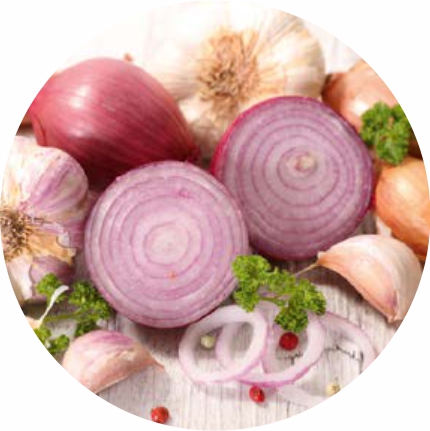


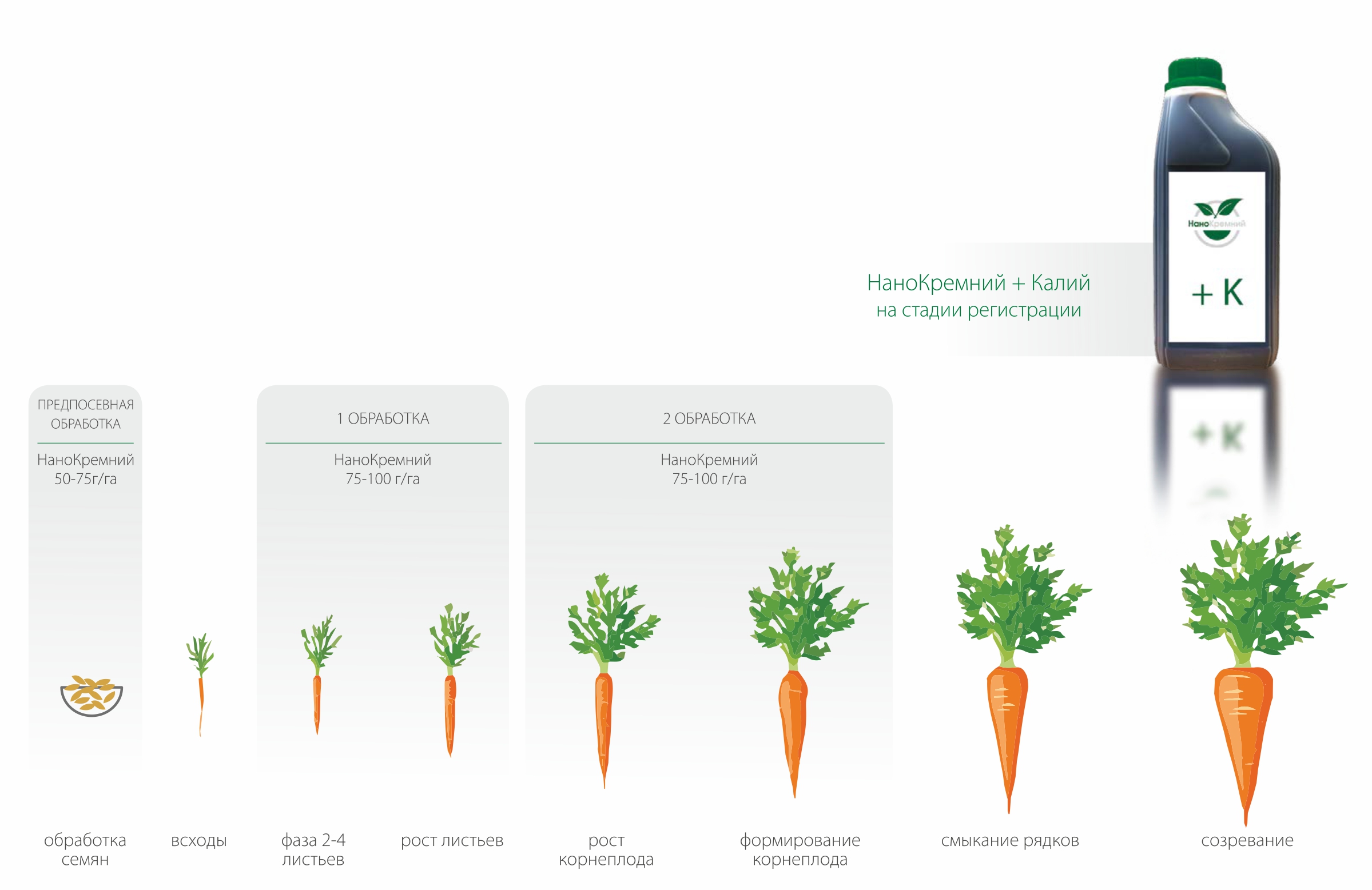

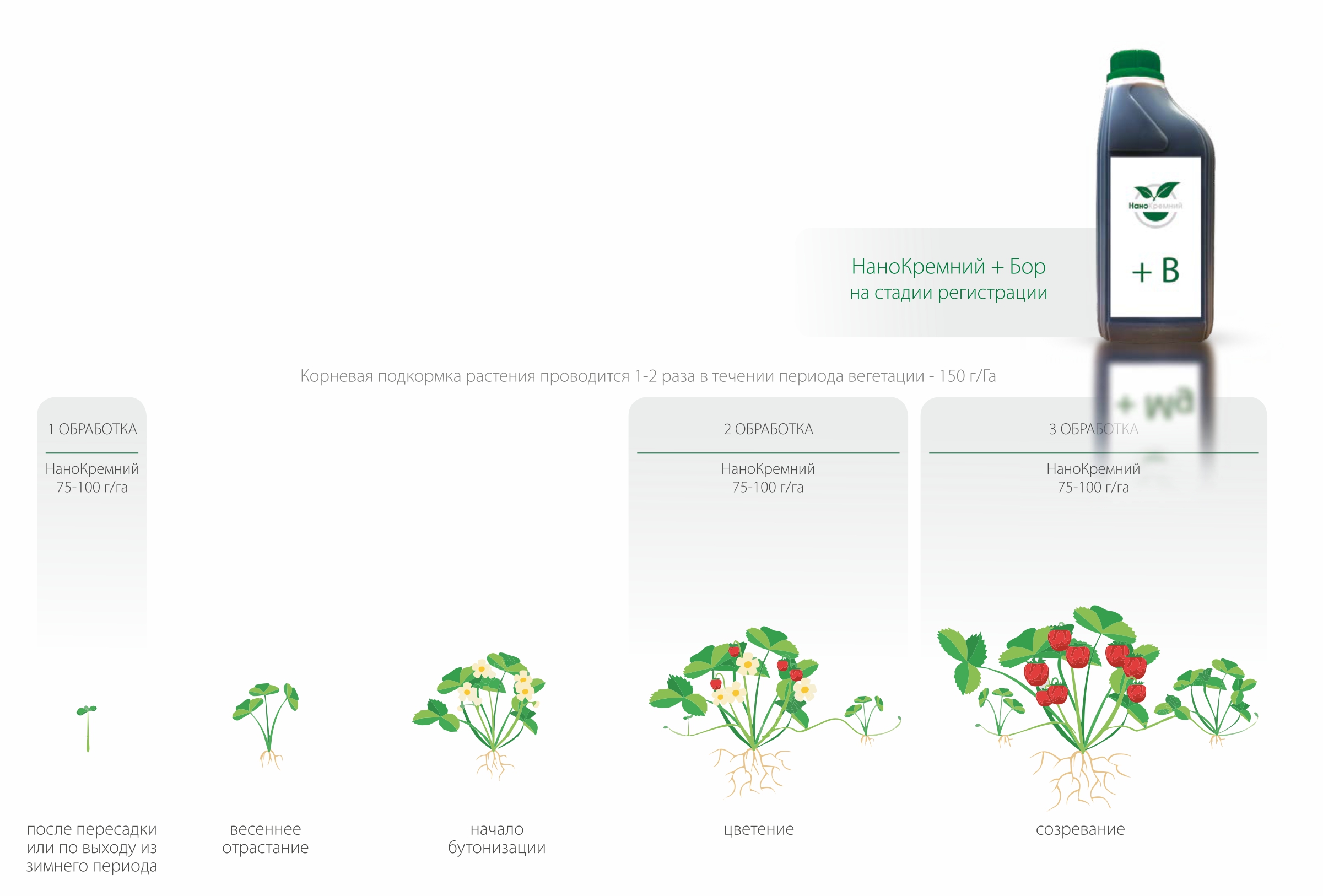







ООО “НаноКремний Юг”
350049 г. Краснодар, ул. Красных Партизан, д. 204, офис 39
Сытник Алексей Алексеевич
e-mail:nano-si93@mail.ru ;
ООО “НаноКремний Плюс”
350051 г. Краснодар, ул. Гаражная д. 81/3 литер ПОД А оф. 4
Шеховцов Вячеслав Владимирович
e-mail:nano-si93@mail.ru ;
Ростовская область
Исаков Андрей Владимирович
Шеховцов Данила Вячеславович
ООО “НаноКремний Юг”
350049 г. Краснодар, ул. Красных Партизан, д. 204, офис 39
Сытник Алексей Алексеевич
e-mail:nano-si93@mail.ru ;
ООО “НаноКремний”
ОГРН: 1155027003977
140000, Россия, Московская обл., г. Люберцы, ул. Красная, д.1, офис 90
e-mail: office@nano-si.ru
Центральный офис продаж – Краснодарский край
Шеховцов Вячеслав Владимирович
Сытник Алексей Алексеевич
e-mail: nano-si93@mail.ru
Воронежская область
Кривошлыков Андрей Александрович
Рудов Алексей Алексеевич
Республика Крым
Поздняков Роман Валерьянович
Нецветайлов Вадим Викторович
ООО “НаноКремний Юг”
350049 г. Краснодар, ул. Красных Партизан, д. 204, офис 39
Сытник Алексей Алексеевич
e-mail:nano-si93@mail.ru ;